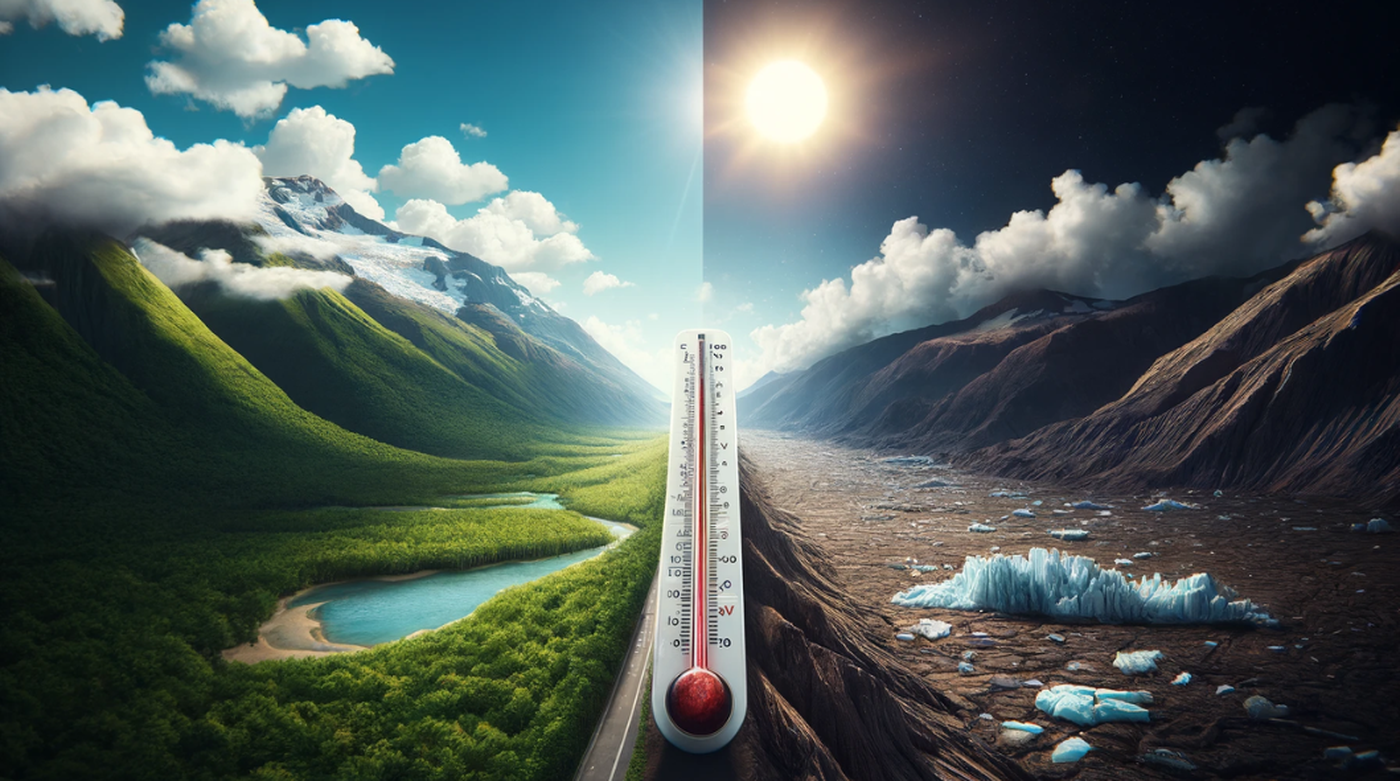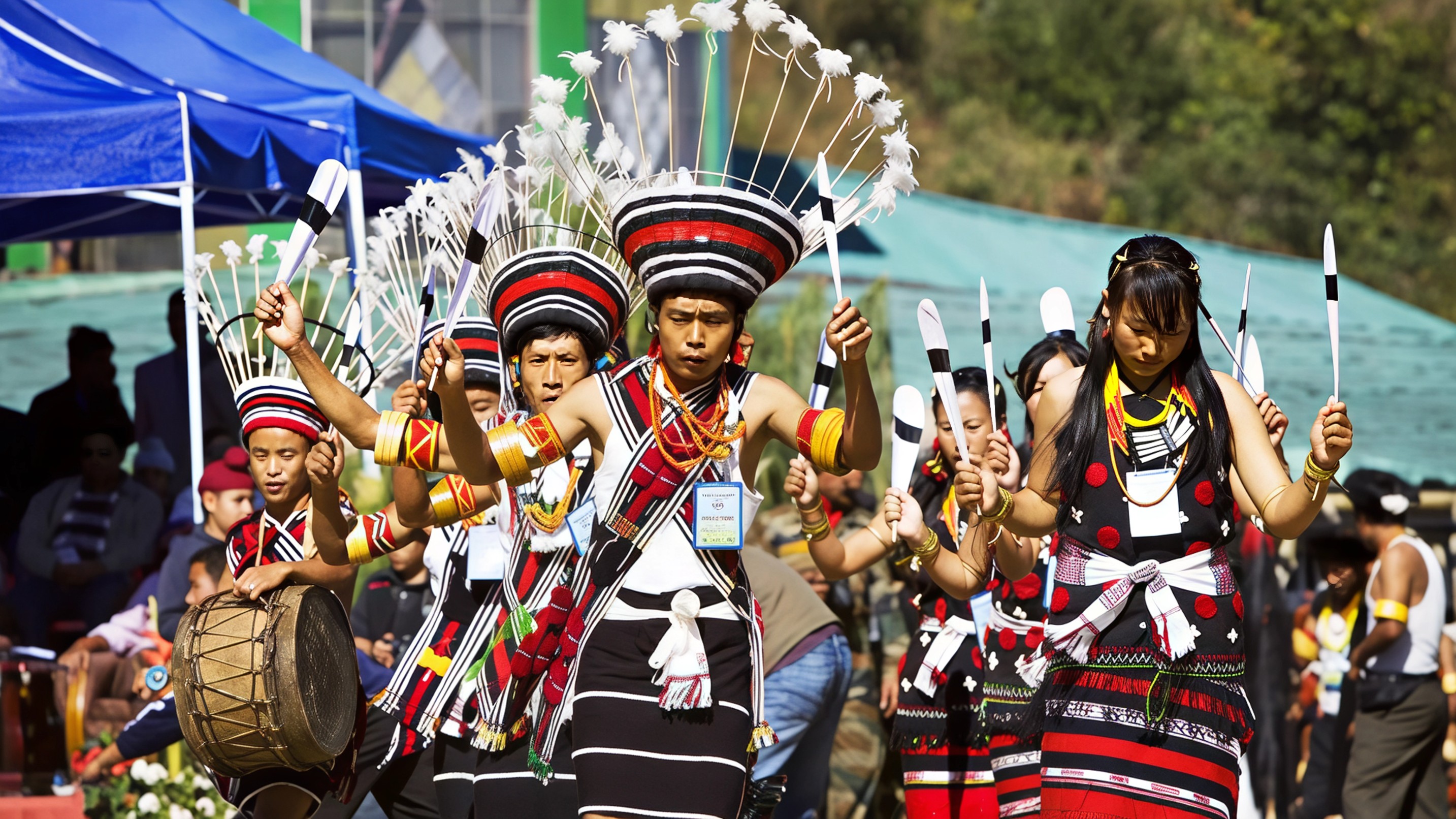Venezuela was once known for its six glaciers, which covered 1,000 square kilometres in 1910. Over the years, these glaciers have gradually disappeared due to rising temperatures, leaving behind only ice remnants that can no longer be classified as glaciers.
The Final Glacier: La Corona
By 2011, only one glacier, La Corona, remained in Venezuela's Sierra Nevada National Park. Originally covering 4.5 square kilometres, La Corona has now diminished to less than 0.02 square kilometres—smaller than the minimum size of 0.1 square kilometres required to be considered a glacier.

source: istock
Accelerated Decline in Glacial Coverage
Research from the University of the Andes indicates that Venezuela's glacial coverage has decreased by 98% from 1953 to 2019. The rate of ice loss accelerated significantly after 1998, with the most rapid decline happening from 2016 onwards, when the annual loss peaked at around 17%.
The Last Days of La Corona
In 1998, La Corona was already small, and by 2015, it was on the verge of no longer being classified as a glacier. The last research expedition in December 2023 recorded further shrinkage, emphasizing the glacier's precarious condition. Attempts to preserve La Corona by covering it with a geotextile blanket in December were unsuccessful and faced criticism due to potential ecological impacts.
Implications of Glacier Loss
The disappearance of Venezuela’s glaciers is a wake-up call for the global community about the pressing realities of climate change. Glaciers around the world are shrinking, threatening ecosystems and the water supplies of communities that depend on them. The loss of these natural ice reservoirs underscores the critical need for comprehensive actions to combat global warming.








